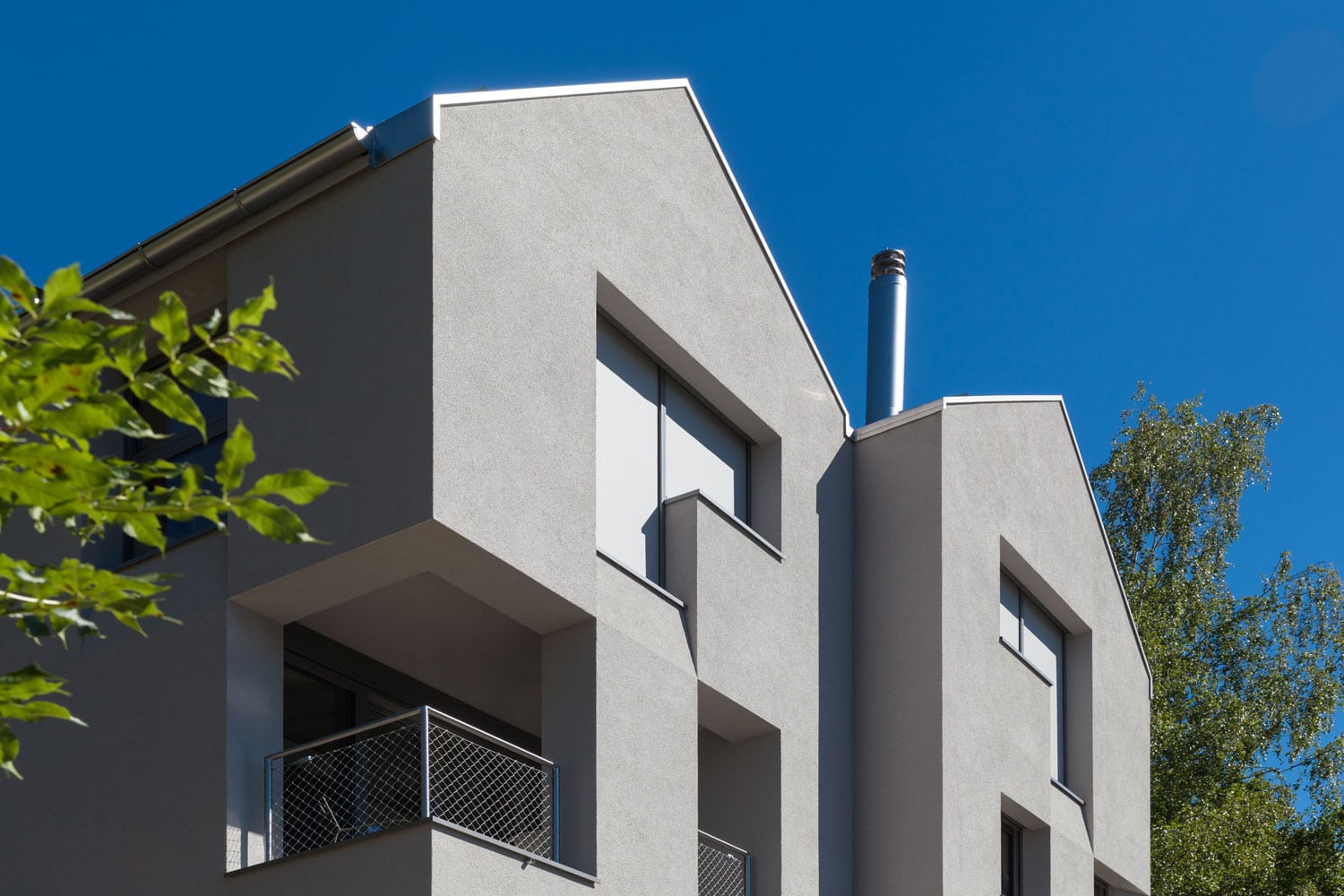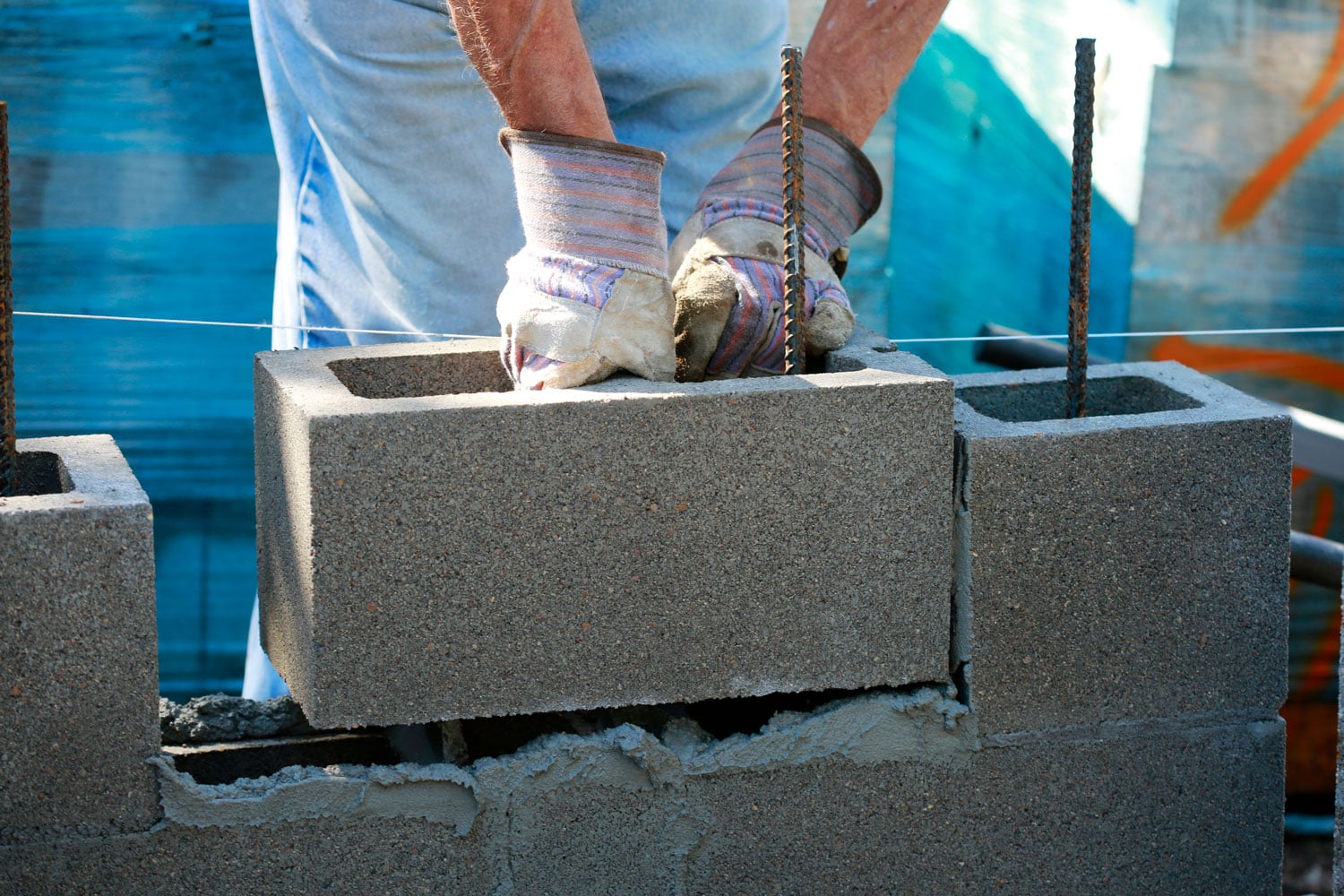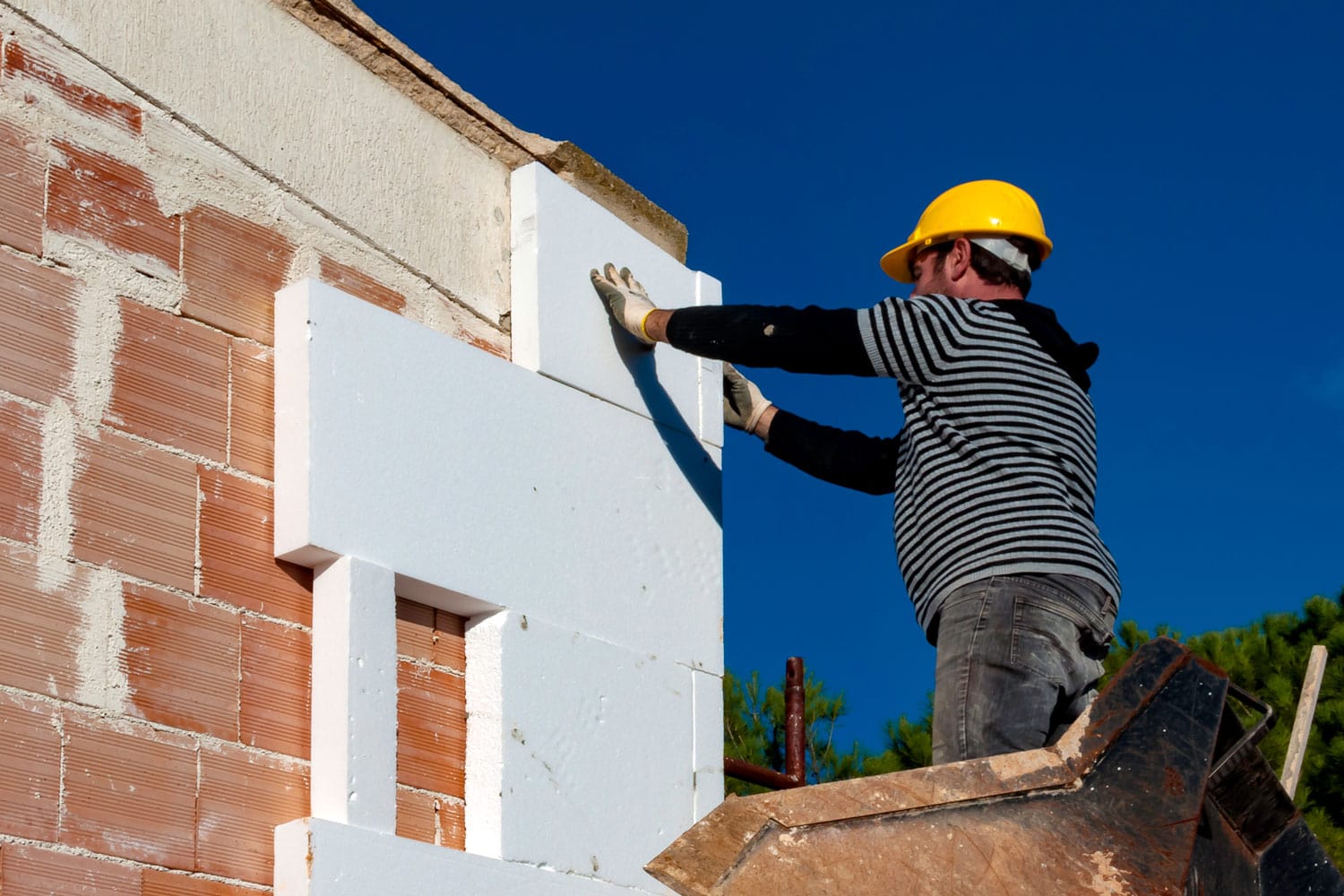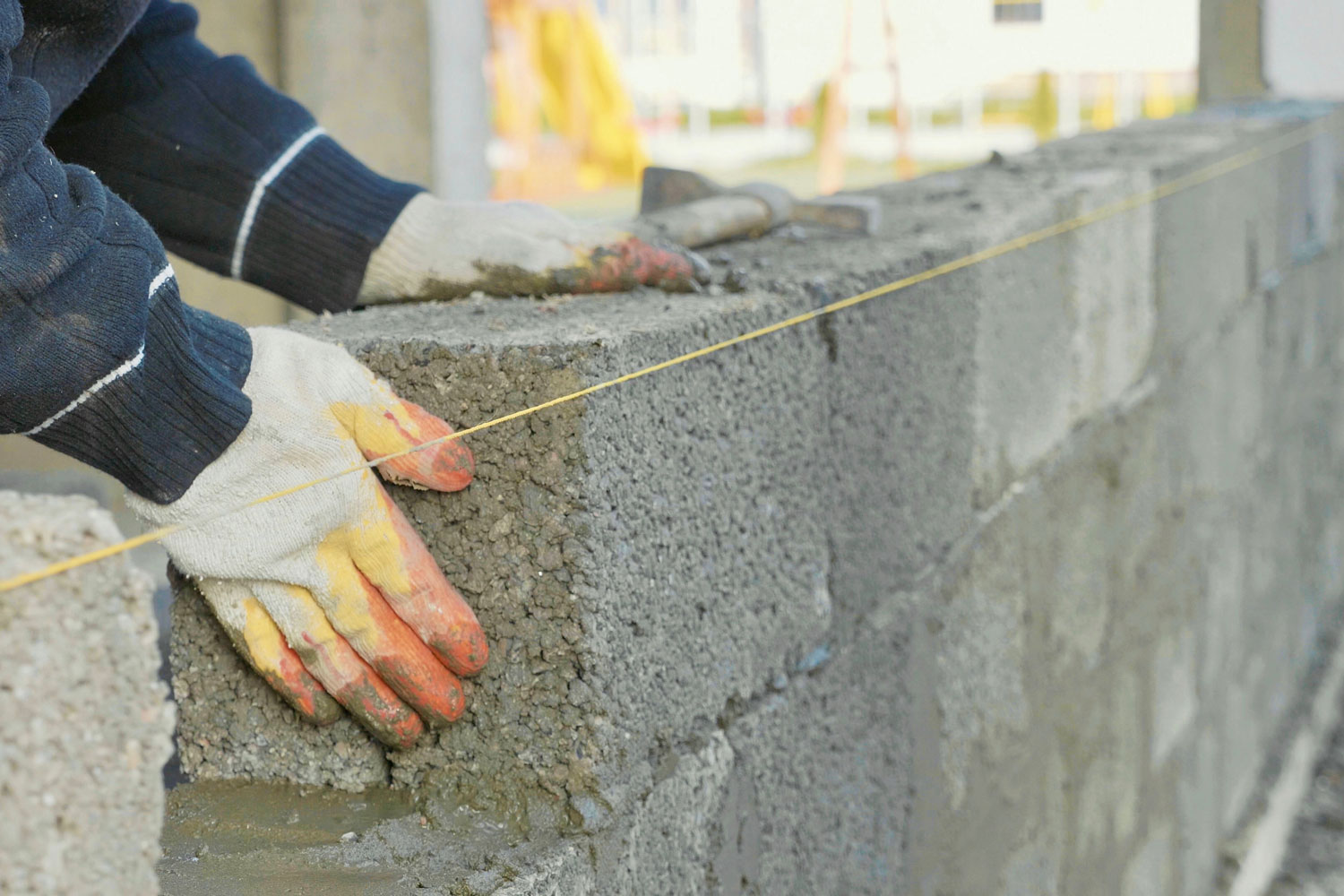Have you recently purchased a house with concrete block walls, and you wish to know what options you have to insulate them? You’ve come to the right place! We’ve researched this question, and we have the answer for you here.
The most straightforward and cost-effective way to insulate a concrete block wall from the inside is through rigid foam board installation. Additionally, the following are also ways to install concrete block wall insulation:
- Wall sealing
- Injected foam insulation
- Polystyrene bead insulation
- Loose-fill masonry insulation
- Wall furring
- EIFS
- Siding insulation
Learn about the differences between these methods in the succeeding sections. We even included an overview of how each one is installed.
Read on!

Is concrete a good insulation material?
A concrete block wall, while made of strong material, doesn’t do much when it comes to stopping heat transfer. It is cold in winter and hot during summer because concrete absorbs heat and radiates it.
Fortunately, there are many ways to insulate concrete.
How to insulate a concrete block wall using rigid foam board

Here are the steps to insulate a concrete block wall with a rigid foam board. Simply pick the foam board that will provide you with the total R-value that you need, then follow the steps below.
This insulation is installed on the interior side of the concrete wall. So you might want to clear out the work area before proceeding.
- Inspect the concrete block wall for cracks and patch them. Let the patches dry completely before proceeding with the installation of a rigid foam board.
- Inspect the edges of windows and door jambs for air leaks. Seal any leak with silicone caulk.
- Check the length of the rigid foam and the height of the wall. Trim the rigid foam board if necessary.
- Apply an even layer of foam adhesive on one side of the foam board.
- Attach the foam board to your wall. Apply acoustic caulk around the edges of the window frame before installing the rigid foam on that area. The facing side of the rigid foam should face the inside of your house.
- Repeat steps 4 and 5 until you have covered the interior concrete block wall with rigid foam insulation.
- Apply adhesive on one side of the gypsum board.
- Attach the gypsum board to the rigid foam board.
- Secure the gypsum board with screws every 8 to 10 inches.
If you need concrete screws, a pack of 100 SNUG Fasteners Phillips flat head diamond tipped concrete screws are available on Amazon. Check it out through this link.
How to wall seal a concrete block wall

Wall sealing is a great task to accomplish in addition to any of the concrete block wall insulation that we listed. It is fast, easy, cheap to do, and quite effective in eliminating any leaks that let cold air in or warm air out.
Steps 1 & 2 from the rigid foam board installation guide are part of wall sealing. Here are the rest of what you can do to seal your concrete block wall.
- Check the pathways of electrical wirings that cross from one floor to another, especially ones that go to the attic and basement. These pathways should be sealed with silicone caulk to restrict the passage of heat.
- Check the areas where pipes enter and exit the wall. Seal these areas too with silicone caulk.
If you’re in the market for silicone caulk, a 10-ounce cartridge of white Gorilla 100% silicone sealant caulk is available on Amazon. Check it out through this link.
How to insulate a concrete block wall using injected foam insulation
Injected foam insulation is usually installed by professionals. Unfortunately, it is only possible for hollow concrete block walls.
Professionals install this type of insulation by drilling a small hole on the concrete wall and inserting a tube. Pressurized liquid foam is then injected into the wall until the hollow areas have been completely filled with foam insulation.
The advantage of this insulation method is that it can be done inside or outside your home. Additionally, it is easy to clean up after installation. Just seal the small hole with concrete and you're done.
How to insulate a concrete block wall using polystyrene bead insulation

This method of insulating concrete walls is best done while the wall is still being built. Alternatively, it can be installed as an outer layer of an existing concrete block wall.
A concrete mixture called EPS concrete can be used instead of regular concrete to increase the R-value of a concrete wall.
To create an EPS concrete, mix one part Portland cement with one part sand, one part water, and six parts polystyrene beads.
If the mix seems dry, add a small amount of water. The finished mixture should be thick but not soupy. It should be able to hold its shape but not too wet or dry.
How to insulate a concrete block wall using loose-fill masonry insulation
Loose-fill masonry insulation usually uses perlite to fill the hollow cavities inside walls. Perlite is a volcanic glass that has an R-value of 3.12 per inch of the cavity that it fills. It is also immune to rot and vermin infestation.
This is another insulation that should be installed by professionals. It can also be installed only on hollow walls, just like injected foam.
Loose-fill masonry insulation is installed like injected foam insulation. A hole will be drilled on the wall where the insulation will be injected.
How to insulate a concrete block wall with wall furring
Most homeowners prefer a drywall finish, even with a concrete outer wall. Furring is installed with a furring strip board that is usually 2 inches by 2 inches over the interior side of the concrete wall. The drywall is then installed over the furring that is spaced like a regular stud.
This kind of interior finish creates a cavity between the concrete block wall and the drywall where insulation can be installed. Check the thickness of the furring and look for an insulation material that can provide you with the R-value that you need with the furring thickness.
To insulate the concrete block wall using the furring, simply install your chosen insulation within the cavity between the furring strip boards.
If there is no available insulation material that can provide the R-value that you need with the thickness of the furring, then you will have to replace the existing furring with a wider furring strip.
Replacing and installing a wider furring strip is similar to installing the furring strip on a concrete block wall without a furring strip. Remember to use concrete screws when attaching the furring strips to the concrete block wall.
Once you’ve installed the insulation within the cavities of your furring strips, cover the insulation with a gypsum board and then complete the installation with your chosen finish.
How to insulate a concrete block wall using EIFS
EIFS stands for Exterior Insulation and Finish System. This is a more expensive insulation option that is installed on the outer walls. Additionally, this is normally done only by professionals.
An EIFS is a form of cladding system that creates a water-resistant and insulated outer layer for your home.
An EIFS insulation will cover the outer walls with 3 to 4 inches thick of dense insulation material. This makes EIFS highly effective in reducing the thermal conductivity of concrete.
To install EIFS, a combination of adhesive and mechanical fasteners is installed on the exterior side of the concrete block wall. This will provide a thick layer of insulation.
A layer of steel mesh is installed over the insulation board to give it support and structure. Two layers of coats will then be added—a base coat and a finish coat. These two coats serve as a moisture barrier for the insulation.
How to insulate a concrete block wall using siding insulation
This insulation is also an external insulation material. It makes use of the cavity behind the siding and fills it with insulating foam.
Most siding insulation nowadays is made from rigid foam that takes the cross-section shape of popular siding models. There is almost always siding insulation that will fit any modern siding.
In Closing

Concrete block wall suffers from the weakness of concrete when it comes to preventing heat transfer. Fortunately, the popularity of concrete has led to several techniques for adding insulation to concrete block walls.
If you enjoyed reading this article, check out these two other articles too:
What’s The Best Insulation For Soundproofing Ceilings And Walls?


